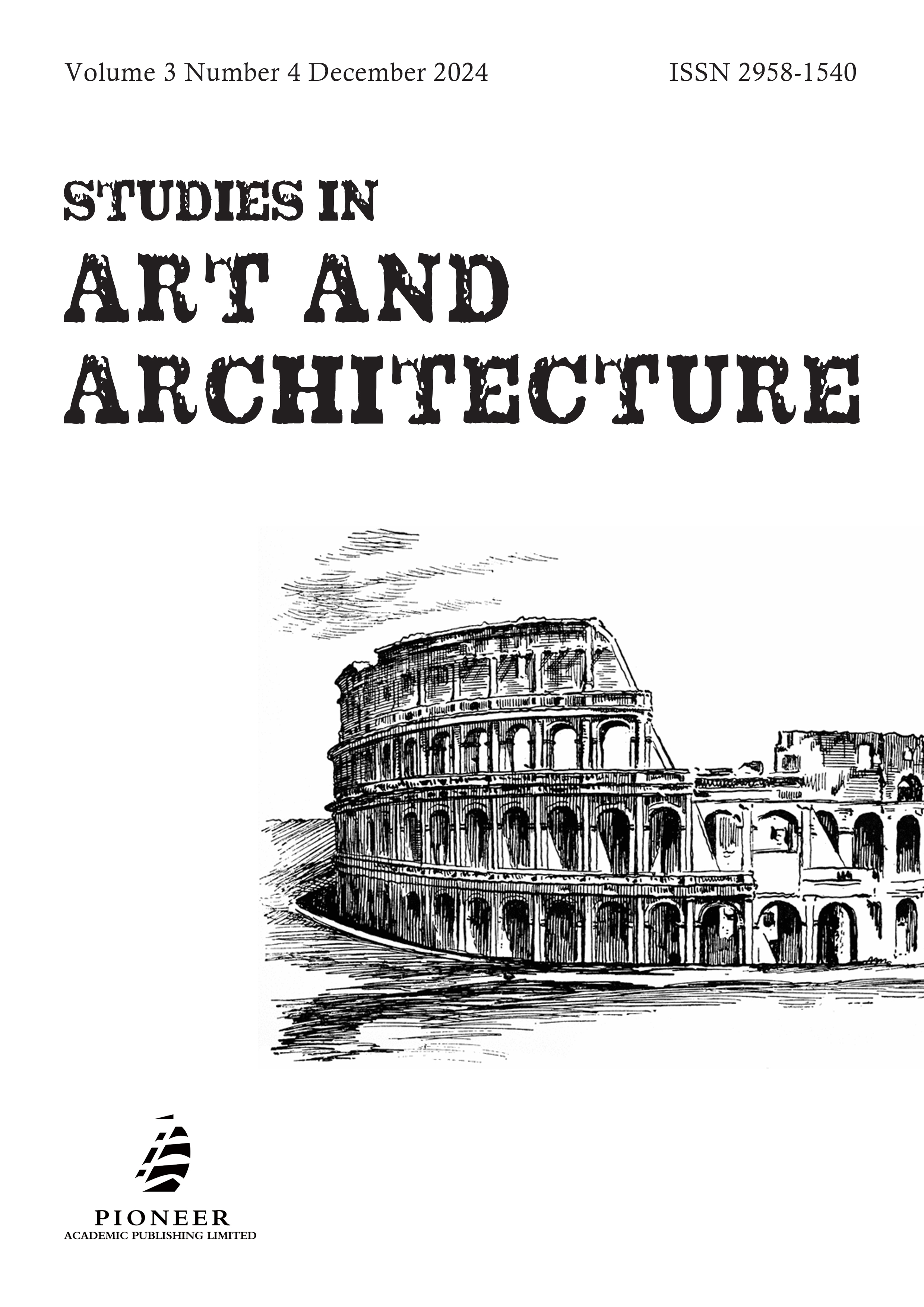The Decorative Art in Filipino Catholic Church Architecture and Its Representation of Spanish Colonial Culture
Keywords:
Filipino, catholic churchAbstract
This paper explores the decorative art in Filipino Catholic church architecture as a reflection of Spanish colonial culture, highlighting the fusion of European and indigenous artistic traditions. During the Spanish colonial period (1565–1898), Catholic churches served not only as religious centers but also as symbols of Spanish authority and cultural dominance. Drawing on styles such as baroque, rococo, and neoclassical, these churches were meticulously adorned with intricate facades, grand altarpieces, elaborate woodwork, and vibrant ceiling paintings. Filipino artisans, trained under Spanish supervision, adapted these styles to local contexts, incorporating indigenous motifs and materials to create a unique architectural heritage. The paper examines key elements of church decoration, including facade ornamentation, retablos, and ceiling art, to demonstrate how these artistic expressions reinforced religious doctrine while preserving native craftsmanship. Furthermore, it explores the social and cultural impact of these churches, which served as focal points for community life and fostered a hybrid Filipino identity. By analyzing the artistic and cultural significance of these structures, this study underscores their role as enduring symbols of both colonial power and local resilience.


